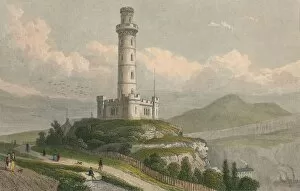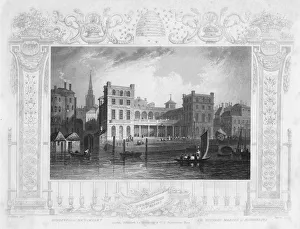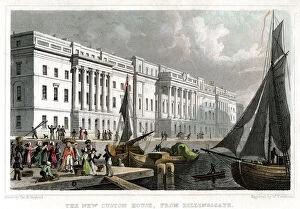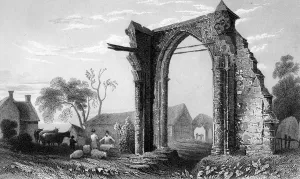William Tombleson Collection
William Tombleson was a talented artist and illustrator who captured the essence of various landmarks and scenes in 19th-century London
All Professionally Made to Order for Quick Shipping
William Tombleson was a talented artist and illustrator who captured the essence of various landmarks and scenes in 19th-century London. His attention to detail is evident in his works, such as the stunning view of Nelson's Monument on Calton Hill in Edinburgh, painted around 1830. In another piece from 1828, Tombleson takes us to St James's Street in Westminster, where we get a glimpse of Crockfords Club bustling with activity. The intricate depiction of Burlington Arcade, also located in Westminster and created by Tombleson in the same year, showcases his ability to capture architectural beauty. Moving on to Regents Park in London, we find two more masterpieces by Tombleson. In one painting from 1827, he immortalizes St Katherine's Hospital with its grandeur standing against the backdrop of nature. Another work from the same year transports us to Hanover Lodge within Regents Park itself; here too, Tombleson captures every intricate detail. The City of London features prominently throughout many of Tombleson's works. In his portrayal of The Bank of England from 1827, he highlights its imposing presence amidst surrounding buildings. A breathtaking view from Billingsgate reveals Custom House through Tombleson's eyes; this piece dates back to 1828. Tombleson also ventured beyond London city limits - for instance capturing East India House around 1829 - showcasing his versatility as an artist. While most known for his depictions of urban landscapes and iconic structures like those found at Maidstone or Bridewell Jail Governors House in Edinburgh (both rendered by him), it is worth mentioning that he also explored markets such as New Hungerford Market during mid-19th century London.




















